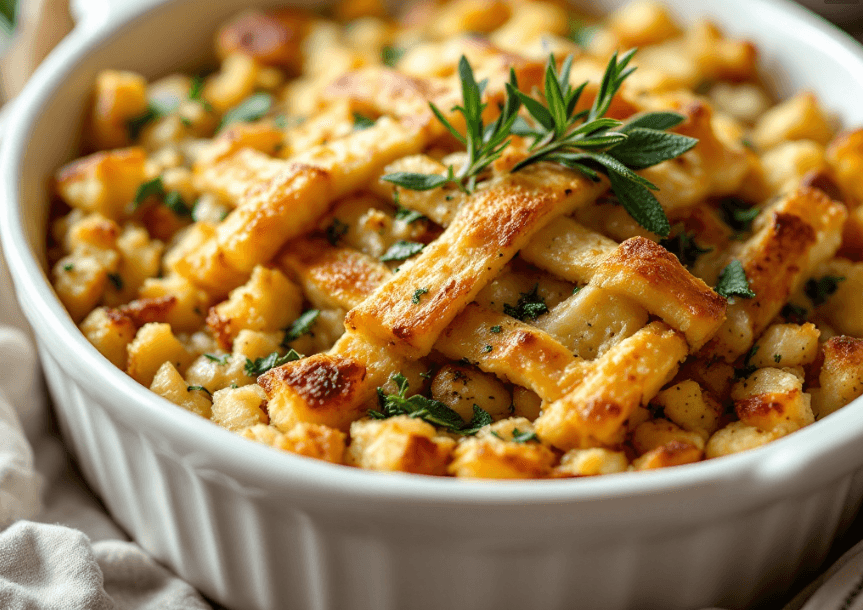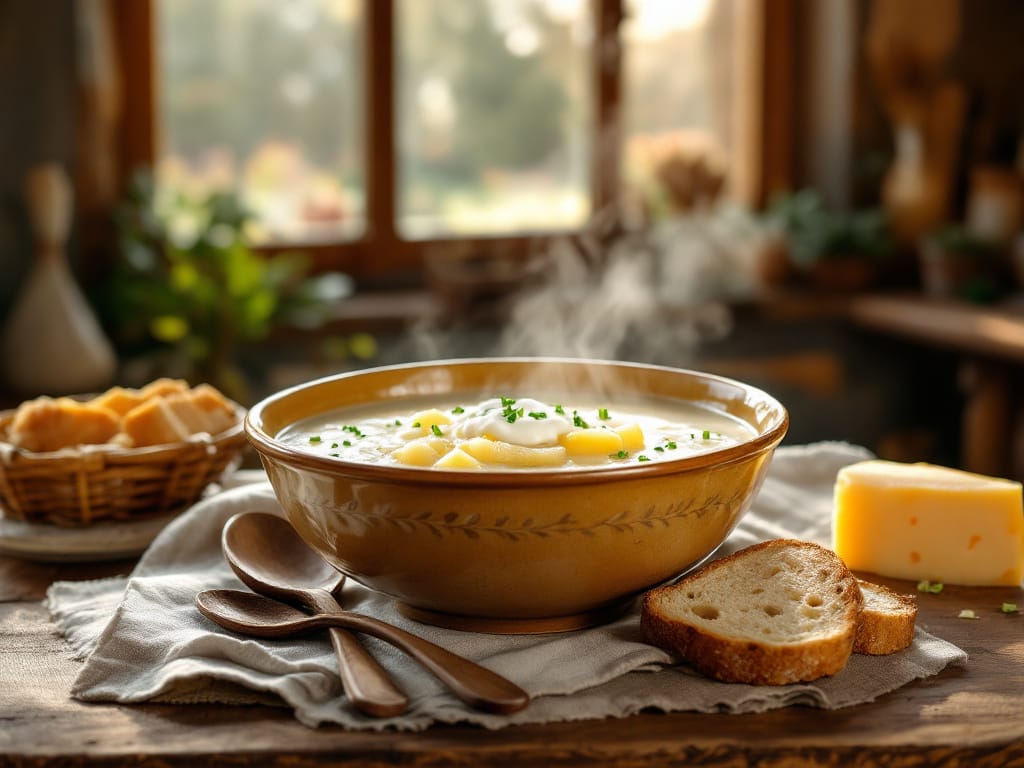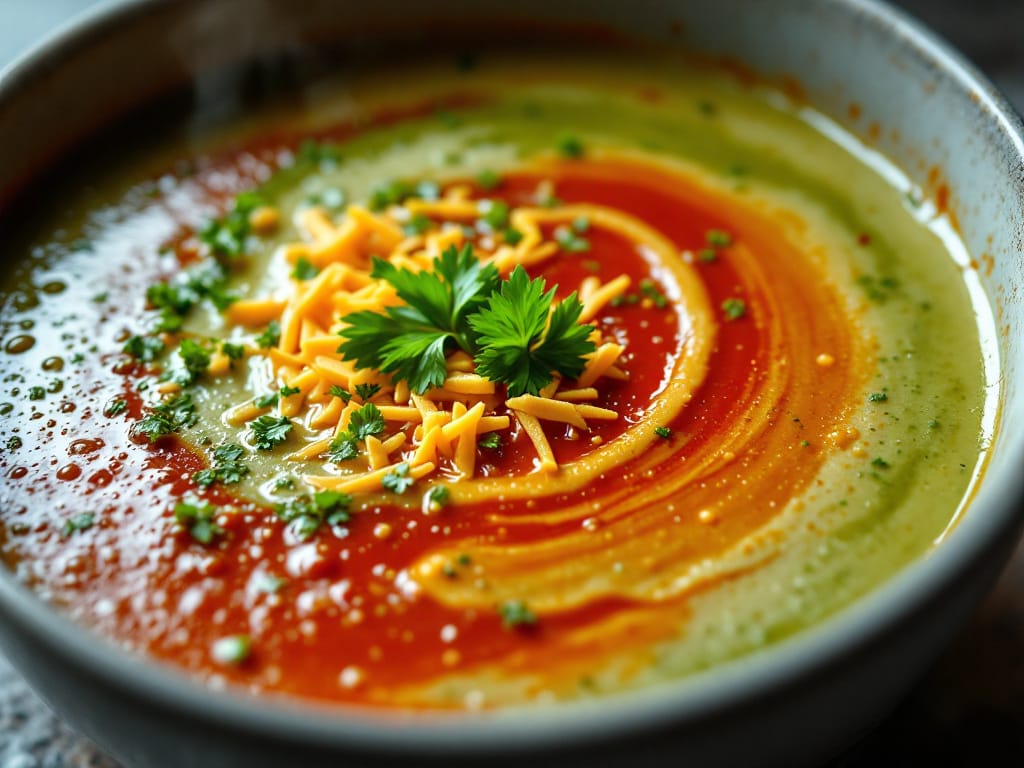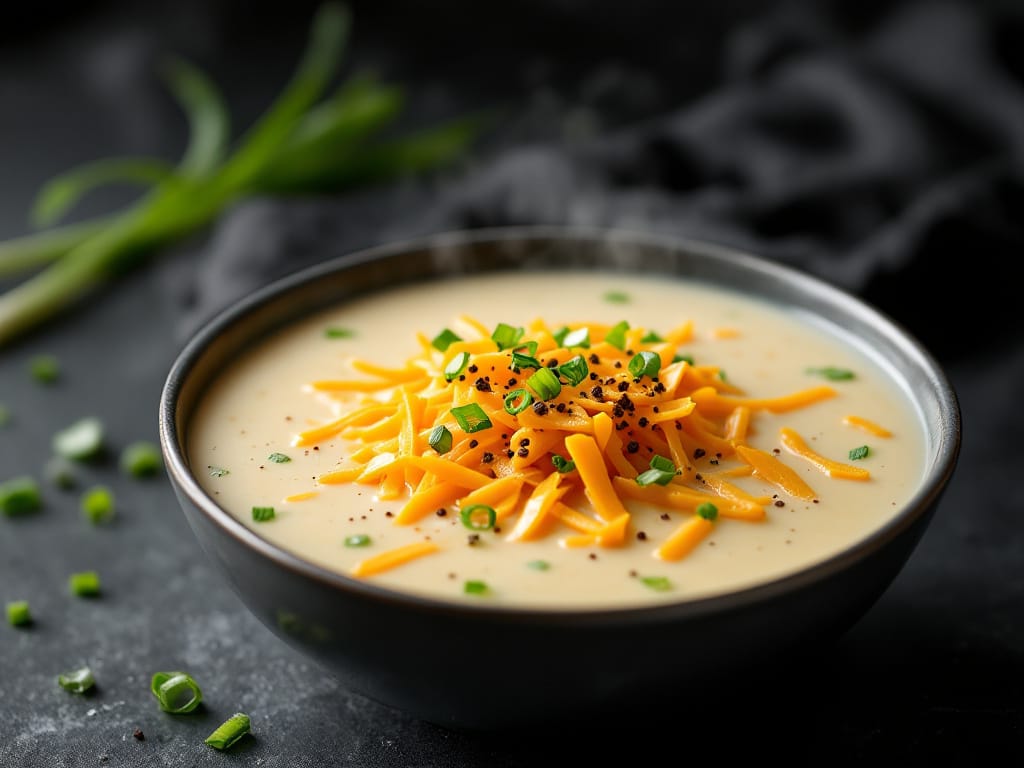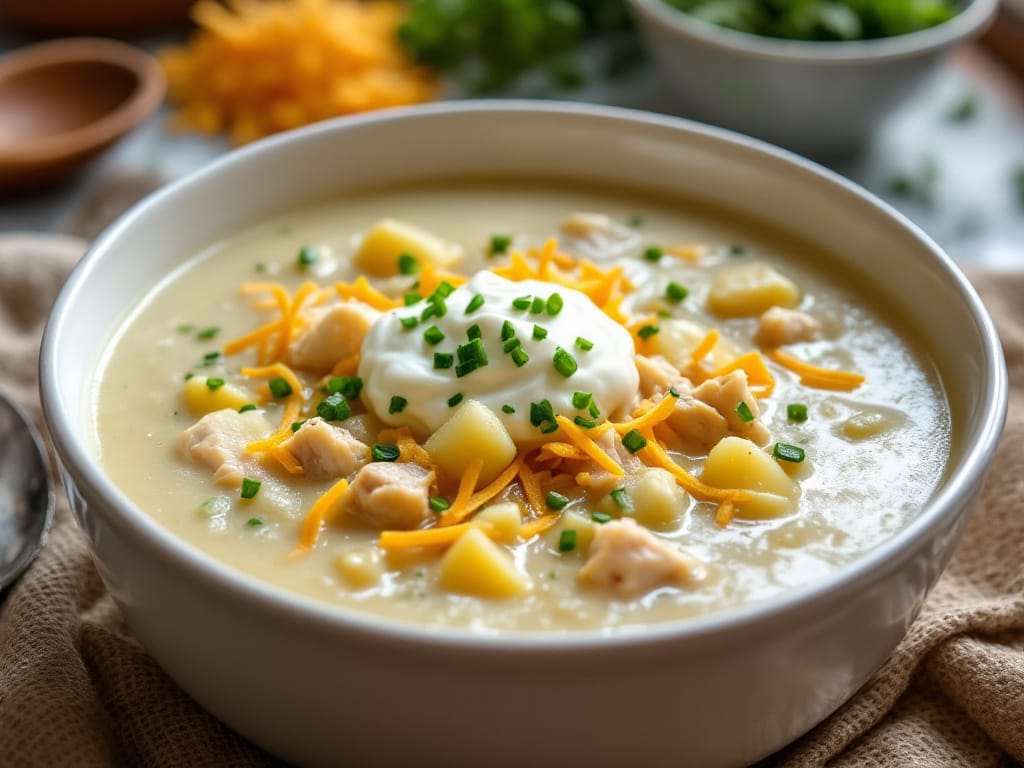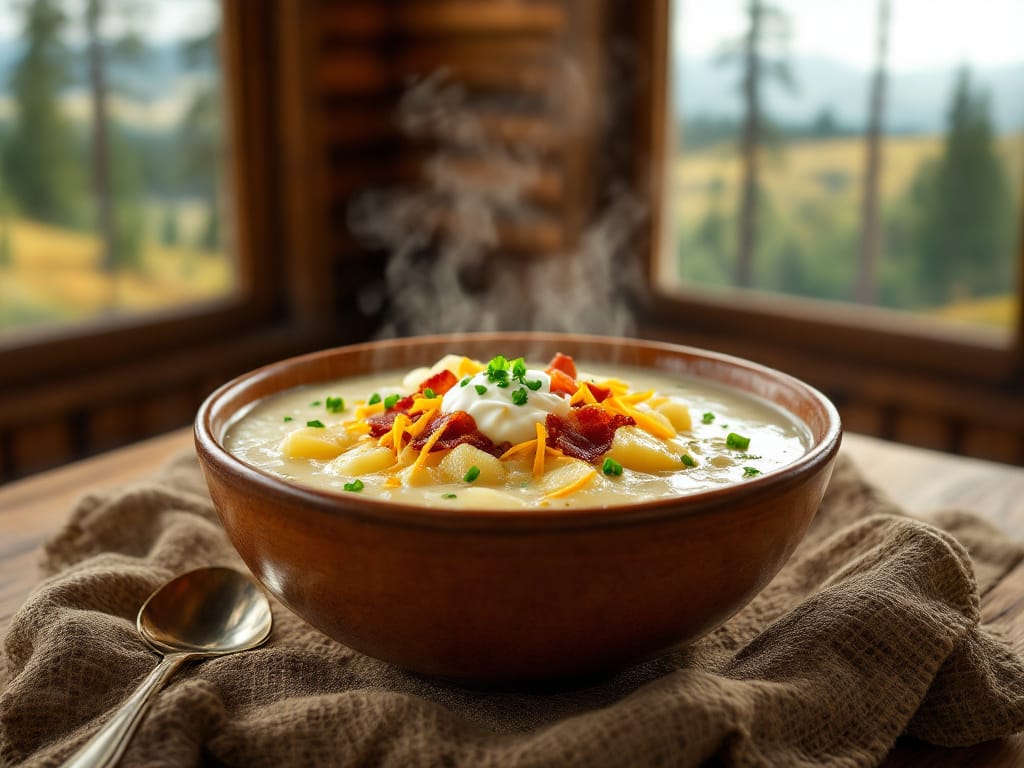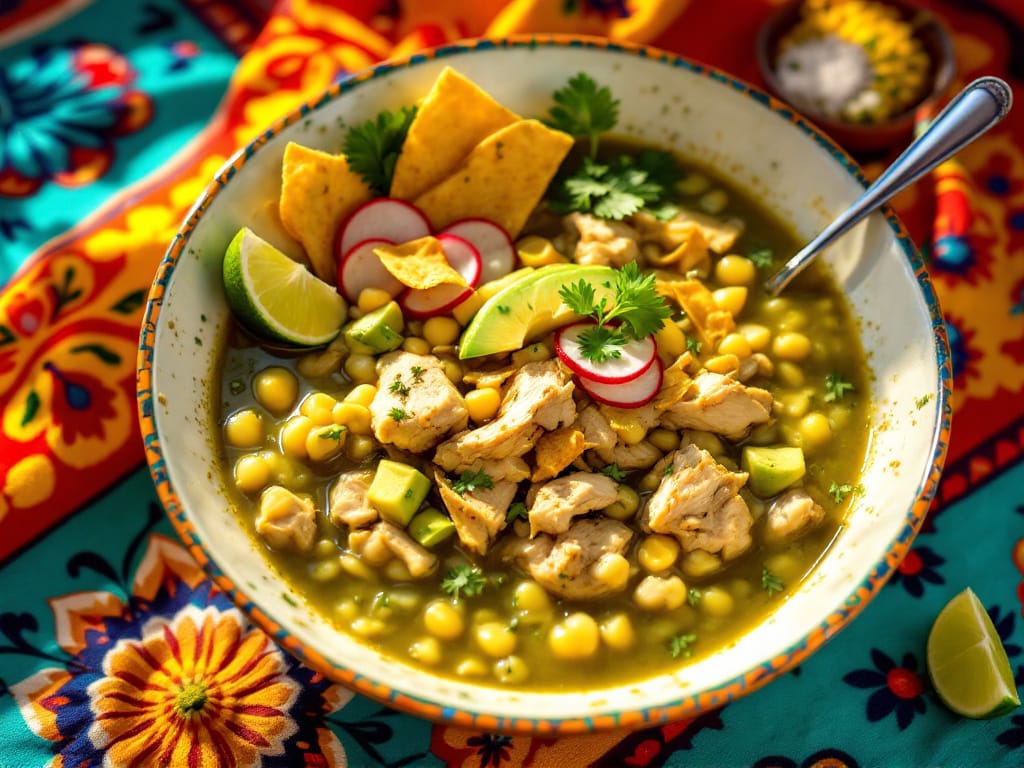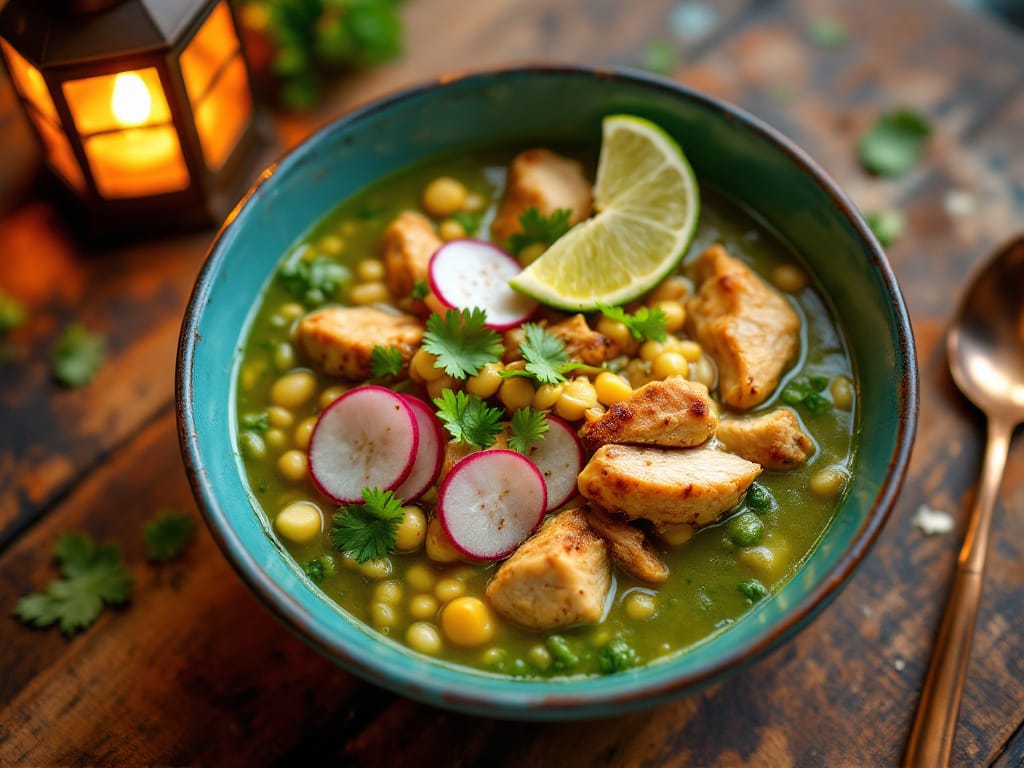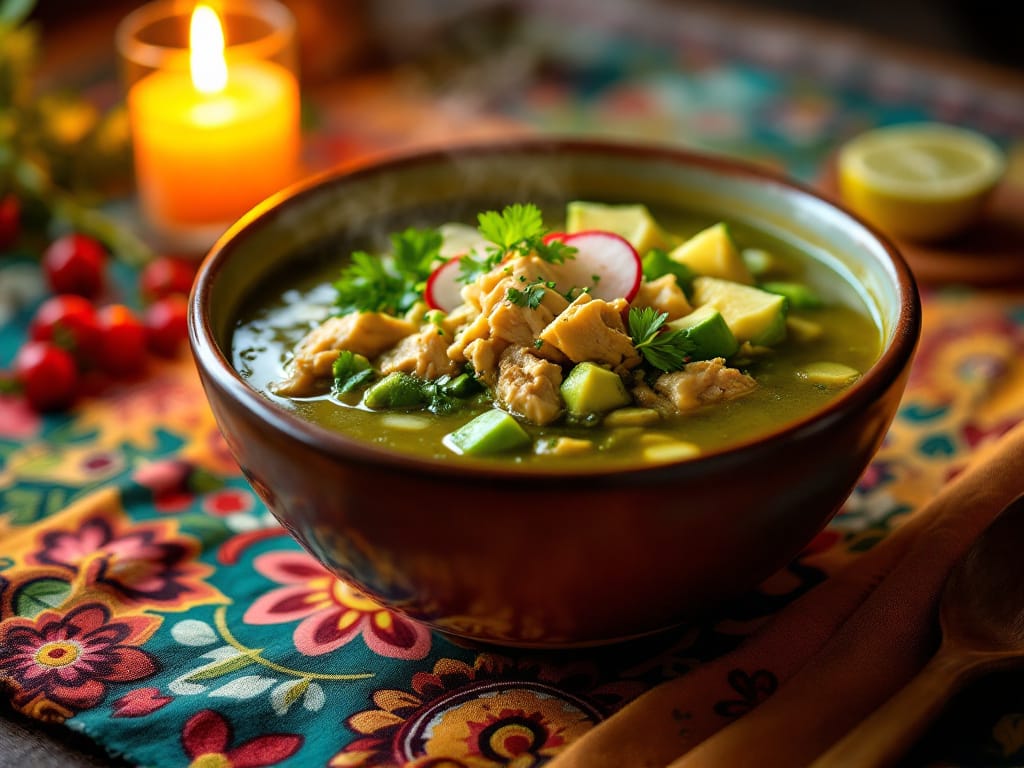Stuffing is a quintessential dish that graces holiday tables, especially during Thanksgiving and Christmas. With its savory blend of bread, vegetables, and aromatic herbs, traditional stuffing is the ultimate comfort food that complements roasted poultry like turkey or chicken. But what exactly is it made of, and how can you perfect this classic dish?
Let’s dive into the ingredients, variations, and cooking methods that make stuffing a beloved staple.
Core Ingredients of Traditional Stuffing
The base of any traditional stuffing lies in its ingredients, which provide its signature flavor and texture.
Bread Base
- The backbone of stuffing is bread, typically:
- White bread
- Whole-grain bread
- Cornbread
- Preparation: Bread is usually cut into cubes and left to stale for a day or two, ensuring it can absorb moisture without becoming mushy.
For detailed bread preparation tips, check out this classic stuffing recipe. It’s an excellent resource for exploring variations and ingredient choices.
Vegetables
Classic vegetables that enhance the texture and add a mild sweetness include:
- Onions
- Celery
- Carrots
Herbs and Seasonings
Stuffing’s aromatic profile comes from:
- Fresh or dried herbs like:
- Sage
- Thyme
- Parsley
- Additional seasoning with salt, pepper, and sometimes a hint of nutmeg ensures a flavor-packed dish.
Refer to USDA food safety guidelines for proper seasoning and preparation tips, especially if cooking stuffing inside a bird.
Binding Agents
- Broth (chicken, turkey, or vegetable): Moistens the mixture, giving it a soft yet cohesive texture.
- Eggs: Act as a binding agent, holding the ingredients together during cooking.
With these core ingredients perfected, your stuffing will not only taste authentic but also bring an inviting aroma to your holiday table.
Variations in Ingredients
While the core ingredients of traditional stuffing remain constant, regional and cultural influences bring exciting twists to this classic dish. These variations showcase the versatility of stuffing and offer unique flavor profiles to suit diverse tastes:
Southern Cornbread Stuffing
- Made with crumbly cornbread as the base, this version incorporates:
- Buttermilk for a tangy flavor.
- Occasionally, spices like cayenne or chili powder for added heat.
This type of stuffing is especially popular in Southern states, where cornbread is a staple.
New England Oyster Stuffing
- Briny oysters are added to the traditional stuffing mix for a rich, seafood twist.
- Often includes bread cubes soaked in oyster liquor for enhanced flavor.
This variation is a nod to coastal cuisine and pairs beautifully with fish or turkey.
Sausage or Chestnut Stuffing
- Adds richness and depth to the dish by incorporating:
- Ground sausage (pork or turkey).
- Roasted chestnuts, a staple in French and Italian-inspired recipes.
- These ingredients elevate the dish with a hearty, nutty flavor.
By experimenting with these variations, you can tailor stuffing to fit your personal preferences or regional traditions.
Cooking Methods for Stuffing
How you cook your stuffing greatly affects its flavor, texture, and safety. The two primary methods include:
In-Bird Stuffing
- Also referred to as “stuffing,” this method involves cooking the mixture inside the poultry cavity.
- Advantages:
- Allows the stuffing to absorb juices from the bird, resulting in a moist and flavorful dish.
- Disadvantages:
- Longer cooking time is required, as the stuffing must reach a safe internal temperature of 165°F to prevent foodborne illnesses.
Out-of-Bird Stuffing
- Often called “dressing,” this version is baked separately in a casserole dish.
- Advantages:
- Achieves a crispy top while maintaining a moist interior.
- Easier to control cooking time and ensure safety.
Safety Tip
If you choose the in-bird method, it’s crucial to use a meat thermometer to verify that the stuffing has reached the recommended temperature. This prevents the growth of harmful bacteria and ensures your dish is both delicious and safe to eat.
Choosing the right cooking method depends on your texture preference and how you want to balance flavor and convenience.
Tips for Making Perfect Stuffing
Mastering the art of traditional stuffing requires attention to detail and a few expert techniques. Follow these tips to ensure your stuffing turns out flavorful and perfectly textured:
Bread Selection
- Use stale bread rather than fresh bread for better moisture absorption. Stale bread prevents sogginess while maintaining structure.
Moisture Balance
- Add just enough broth to moisten the bread without soaking it. The goal is to achieve a cohesive mixture that isn’t overly wet or dry.
Taste Testing
- Before cooking, always taste and adjust your seasoning. It’s easier to add more herbs or salt at this stage than to fix underseasoned stuffing later.
Common Mistakes to Avoid
To achieve a perfect dish, steer clear of these common pitfalls:
Overmixing Ingredients
- Excessive mixing can lead to a dense, unappealing texture. Combine the ingredients gently to preserve fluffiness.
Using Fresh Bread
- Fresh bread tends to become mushy during cooking. Always use day-old or toasted bread cubes for the best results.
Undercooking Stuffing
- Particularly when stuffing is cooked inside a bird, it must reach an internal temperature of 165°F to ensure safety. Use a meat thermometer to verify doneness.
FAQs About Stuffing
What’s the difference between stuffing and dressing?
The terms are often used interchangeably. However:
- Stuffing: Cooked inside the bird, absorbing juices and becoming more flavorful.
- Dressing: Baked separately, often in a casserole dish, for a crispy texture.
Can stuffing be made vegetarian or vegan?
Yes! For a vegetarian or vegan version:
- Use vegetable broth instead of chicken or turkey broth.
- Substitute eggs with flaxseed meal mixed with water or aquafaba (chickpea brine) as a binding agent.
How do you store and reheat stuffing?
- Store leftovers in an airtight container in the fridge for up to three days.
- Reheat in the oven at 350°F until thoroughly warmed.
What are gluten-free stuffing options?
- Replace traditional bread with gluten-free bread cubes.
- Alternatively, use rice, quinoa, or wild rice as a base for a unique twist.
Can stuffing be made ahead of time?
- Absolutely! Assemble your stuffing the day before and store it in the fridge. Bake it fresh just before serving to ensure optimal flavor and texture.
By following these tips and avoiding common mistakes, your stuffing will shine as a standout dish on your holiday table!
Conclusion
Traditional stuffing is a delightful blend of simple ingredients like bread, vegetables, and herbs. By understanding its core components, exploring regional variations, and avoiding common mistakes, you can master this holiday classic. Whether baked inside the bird or served as dressing, stuffing remains a timeless dish that brings comfort and flavor to every table.
For more Thanksgiving menu ideas, check out Bon Appétit’s guide. Let this season be your most delicious yet!

